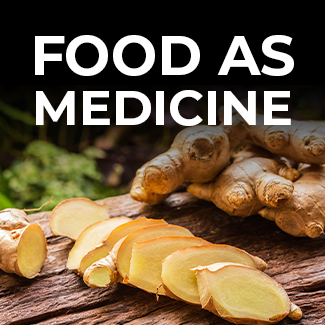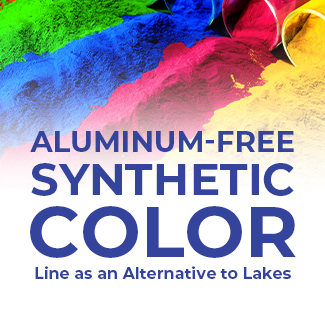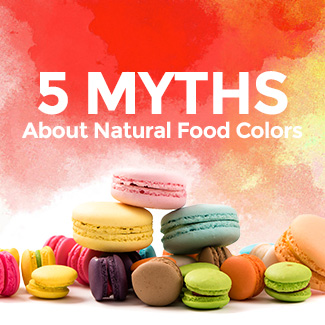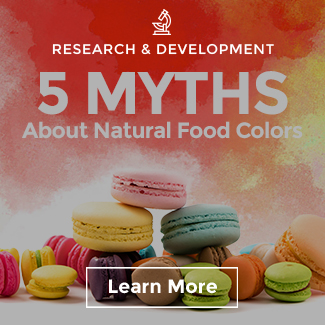Formulation Challenge
The preference for using natural colorants from plant-based sources that can be labeled using consumer-accepted terms such as vegetable juice or fruit juice continues to grow. However, achieving desired shades can be difficult. In addition to stability challenges, many of the most desirable choices from a shade standpoint have the potential to impart flavor off-notes in finished formulations.
The Brassicaceae family of plants that includes red radish and red cabbage is notable in this regard. Red radish can produce impressive red shades similar to FD&C Red 40 in many applications. Unfortunately, it can also produce significant off-notes. The odoriferous components in Brassicaceae colors are caused by chemical degradation of the glucosinolate sinigrin.
Oil-soluble carotenoids can present a similar challenge. The source of off-flavors with carotenoids is actually the oxidation of the extract itself. Even with the addition of antioxidants such as tocopherol to retard the process, these natural colorants may still produce off-notes that affect flavor.

Strategies to mitigate flavor taint include the use of flavor maskers. Flavor-masking technology is advancing and is a viable approach depending on the application. However, it isn’t optimal. Maskers may be effective in blocking the off-notes, but they can also mute the desired flavor. Additionally, flavor maskers may initially be effective only to have off-notes return with further oxidation or degradation.
The more promising approach lies with advancements in purification technologies that can remove undesired material while not causing shade degradation. Recently, the Sensient global research team achieved a breakthrough in purification for several natural colorants. This is an exciting development and provides developers with another tool to close the gap on performance between natural and synthetic colors. But there is more progress to be made, and we will have some more news to share in the near future.












